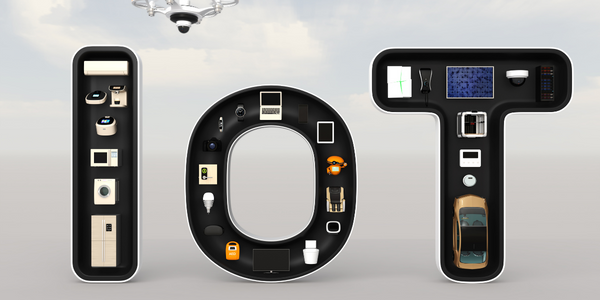Technology Category
- Platform as a Service (PaaS) - Application Development Platforms
Applicable Industries
- Electrical Grids
- Equipment & Machinery
About The Customer
Plausible Analytics is an open-source web analytics tool that has quickly gained popularity as a privacy-friendly alternative to Google Analytics. By using Plausible Analytics, customers maintain full ownership of their website data and protect the privacy of their visitors, as the tool does not use cookies and is fully compliant with GDPR. Since its launch in April 2019, the platform has grown to service over 5000 paying subscribers, tracking 28,000 different websites and more than 1 billion page views per month. The platform's mission is to reduce corporate surveillance by providing an alternative web analytics tool that doesn't come from the AdTech world.
The Challenge
Plausible Analytics, a privacy-friendly alternative to Google Analytics, faced a significant challenge as it scaled its services. Since its launch in April 2019, the platform had grown to service over 5000 paying subscribers, tracking 28,000 different websites and more than 1 billion page views per month. However, the original architecture using Postgres to store analytics data was unable to handle the platform’s future growth. The loading speed of their dashboards was slow, taking up to 5 seconds, which was not conducive to a good user experience. The team realized that to continue their growth trajectory and maintain customer satisfaction, they needed a more efficient solution.
The Solution
The Plausible Analytics team decided to try ClickHouse, a recommendation they received through word of mouth. They noticed significant improvements in the loading speed of their dashboards, which now took less than a second to load, compared to the previous 5 seconds with Postgres. The team also tried other solutions, but ClickHouse outperformed them in terms of both performance and features. ClickHouse's efficiency and rich feature set made it easy for the team to work with, and it met all their needs exceptionally well. With ClickHouse, Plausible Analytics was able to serve even its largest customers with ease, including a customer with 150 million pages per month, a feat that would not have been possible with their previous architecture.
Operational Impact
Quantitative Benefit

Case Study missing?
Start adding your own!
Register with your work email and create a new case study profile for your business.
Related Case Studies.

Case Study
Smart Water Filtration Systems
Before working with Ayla Networks, Ozner was already using cloud connectivity to identify and solve water-filtration system malfunctions as well as to monitor filter cartridges for replacements.But, in June 2015, Ozner executives talked with Ayla about how the company might further improve its water systems with IoT technology. They liked what they heard from Ayla, but the executives needed to be sure that Ayla’s Agile IoT Platform provided the security and reliability Ozner required.

Case Study
IoT enabled Fleet Management with MindSphere
In view of growing competition, Gämmerler had a strong need to remain competitive via process optimization, reliability and gentle handling of printed products, even at highest press speeds. In addition, a digitalization initiative also included developing a key differentiation via data-driven services offers.

Case Study
Predictive Maintenance for Industrial Chillers
For global leaders in the industrial chiller manufacturing, reliability of the entire production process is of the utmost importance. Chillers are refrigeration systems that produce ice water to provide cooling for a process or industrial application. One of those leaders sought a way to respond to asset performance issues, even before they occur. The intelligence to guarantee maximum reliability of cooling devices is embedded (pre-alarming). A pre-alarming phase means that the cooling device still works, but symptoms may appear, telling manufacturers that a failure is likely to occur in the near future. Chillers who are not internet connected at that moment, provide little insight in this pre-alarming phase.

Case Study
Premium Appliance Producer Innovates with Internet of Everything
Sub-Zero faced the largest product launch in the company’s history:It wanted to launch 60 new products as scheduled while simultaneously opening a new “greenfield” production facility, yet still adhering to stringent quality requirements and manage issues from new supply-chain partners. A the same time, it wanted to increase staff productivity time and collaboration while reducing travel and costs.

Case Study
Integration of PLC with IoT for Bosch Rexroth
The application arises from the need to monitor and anticipate the problems of one or more machines managed by a PLC. These problems, often resulting from the accumulation over time of small discrepancies, require, when they occur, ex post technical operations maintenance.

Case Study
Data Gathering Solution for Joy Global
Joy Global's existing business processes required customers to work through an unstable legacy system to collect mass volumes of data. With inadequate processes and tools, field level analytics were not sufficient to properly inform business decisions.







